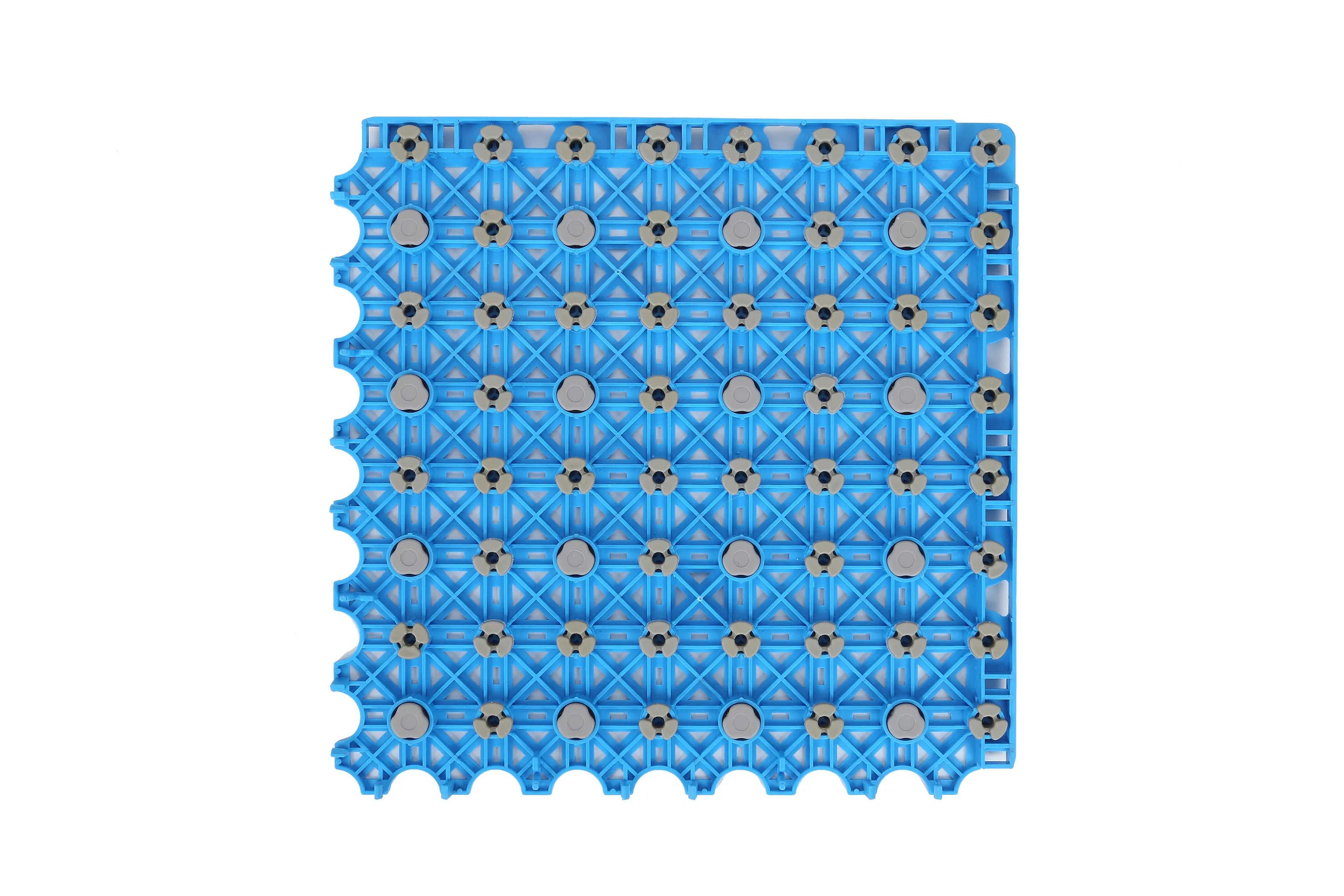Gru . 04, 2024 15:52 Back to list
indoor basketball court flooring options
Choices for Indoor Basketball Court Flooring A Comprehensive Guide
When it comes to building or renovating an indoor basketball court, one of the most crucial decisions you will face is selecting the right flooring. The type of flooring can significantly impact player performance, safety, and maintenance. In this article, we will explore various options for indoor basketball court flooring, discussing their advantages and disadvantages to help you make an informed decision.
1. Hardwood Flooring
Hardwood floors are a classic choice for indoor basketball courts, widely renowned for their aesthetic appeal and performance. They are typically made from maple or oak, providing excellent durability. Hardwood's natural resilience allows it to withstand the high-impact movements of players while providing a smooth, even surface ideal for dribbling and shooting.
Advantages - Performance Hardwood offers superior shock absorption and traction, allowing players to pivot and stop quickly. - Aesthetics The rich look of hardwood can enhance the overall appeal of the gymnasium. - Longevity Properly maintained hardwood flooring can last for decades.
Disadvantages - Cost Hardwood is often one of the more expensive flooring options. - Maintenance Requires regular maintenance, including refinishing and sealing, to keep it in top condition. - Temperature Sensitivity Hardwood can expand or contract with humidity changes, which may lead to warping or cracking.
2. Synthetic Sports Flooring
Synthetic flooring is an increasingly popular choice for indoor basketball courts due to its affordability and variety
. Made from materials like vinyl, rubber, or polyurethane, these flooring options provide resilience and an excellent play experience.Advantages - Variety Comes in many different colors and designs, allowing for customization according to team colors or logos. - Low Maintenance Generally easier to clean and maintain than hardwood. - Consistent Performance Synthetic surfaces can offer a more uniform play experience, regardless of environmental conditions.
Disadvantages - Feel Some players prefer the natural feel of hardwood and may find synthetic surfaces less appealing. - Durability While many synthetic options are durable, they may not last as long as hardwood with heavy use. - Increased Slippage Depending on the material, some synthetic floors may not provide as much traction.
indoor basketball court flooring options

3. Rubber Flooring
Rubber flooring has gained traction in gymnasiums due to its shock-absorbing qualities and affordability. It is commonly used in fitness centers and schools, providing a durable surface for various sports, including basketball.
Advantages - Safety Rubber flooring offers excellent cushioning, reducing the risk of injuries during falls. - Installation Easier and quicker to install compared to hardwood. - Easy Maintenance Simple to clean and resistant to stains.
Disadvantages - Traction Issues Some rubber surfaces can be somewhat slippery, especially when wet. - Performance Players may find rubber floors slower for quick movements and not as responsive as hardwood. - Aesthetic Limitation Rubber flooring may not have the same attractive appearance as hardwood or high-quality synthetic options.
4. Modular Tiles
Modular flooring tiles are another innovative option for indoor basketball courts. Made from high-density polyethylene (HDPE) or similar materials, these tiles snap together to create a seamless surface that can mimic hardwood.
Advantages - Easy to Replace If a tile gets damaged, it is straightforward to replace only that specific tile. - Versatility Ideal for multi-sport facilities, as they can be used for different sports by simply changing the configuration. - Good Traction and Shock Absorption Most modular tiles provide excellent grip and shock absorption for players.
Disadvantages - Installation Complexity Requires precise installation to ensure the surface is even and secure. - Varied Performance The playing experience can differ based on the quality of the tiles selected.
Conclusion
Choosing the right flooring for your indoor basketball court is essential for ensuring a safe and enjoyable environment for players. Each flooring option has its unique benefits and drawbacks, from the timeless elegance of hardwood to the practicality of rubber and synthetic surfaces. By evaluating your budget, maintenance capabilities, and desired aesthetic, you can select the flooring that best meets your needs and enhances the overall basketball experience.
-
Premium Pickleball Sport Court Solutions Durable & Customizable Courts for All Levels
NewsJul.06,2025
-
Springs Pickleball 9 Indoor Courts Available – Premier Pickleball Experience
NewsJul.06,2025
-
Durable Plastic Pickleball Court Tiles Versatile Commercial Plastic Flooring Solutions
NewsJul.05,2025
-
Optimal Height for Indoor Pickleball Court Meet Official Standards & Enhance Play
NewsJul.05,2025
-
Premium Pickleball Basketball Sport Court Tiles – Durable, Versatile, Easy Installation
NewsJul.05,2025
-
Converting Tennis Court to Pickleball Fast & Affordable Solutions for Any Facility
NewsJul.04,2025

